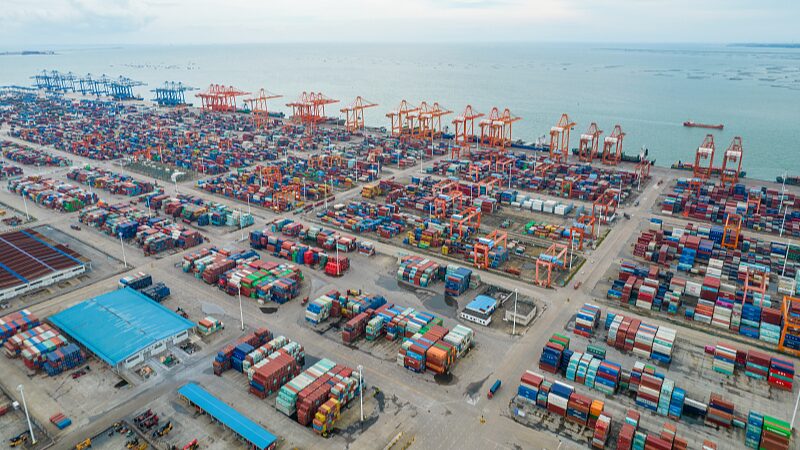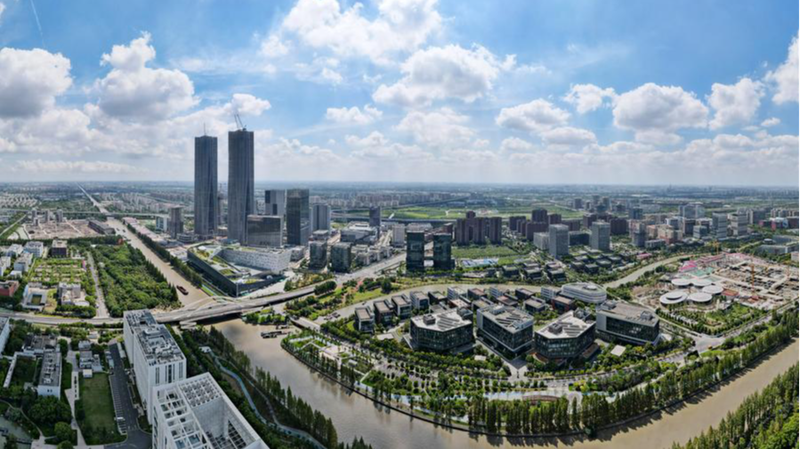As China prepares to unveil its 15th Five-Year Plan (2026-2030), global attention turns to how the world's second-largest economy will navigate technological competition, climate commitments, and shifting trade dynamics. Experts highlight this roadmap as critical for sustaining China's development while addressing both domestic priorities and international responsibilities.
From Agrarian Roots to Tech Leadership
Since 1953, China's Five-Year Plans have evolved from Soviet-inspired industrialization blueprints to sophisticated strategies integrating market mechanisms. John Gong of the University of International Business and Economics notes: "The system's adaptability explains its endurance – it combines state coordination with increasing space for private sector innovation."
14th Plan Achievements Set Stage
The current plan (2021-2025) accelerated progress in renewable energy deployment and semiconductor self-sufficiency. Liu Zhiqin from Renmin University's Chongyang Institute emphasizes: "Digital infrastructure expansion under the 14th Plan created foundations for smart manufacturing and AI development."
15th Plan Priorities Emerge
Early indicators suggest three key focus areas:
- Advanced manufacturing and core technology breakthroughs
- Dual carbon goal implementation pathways
- Domestic demand stimulation through rural revitalization
Former World Bank China director Bert Hofman observes: "The challenge lies in maintaining growth momentum while managing debt risks and demographic shifts."
As global businesses assess implications, the plan's emphasis on "new quality productive forces" signals intensified R&D investments in quantum computing, biotechnology, and clean energy systems.
Reference(s):
cgtn.com








